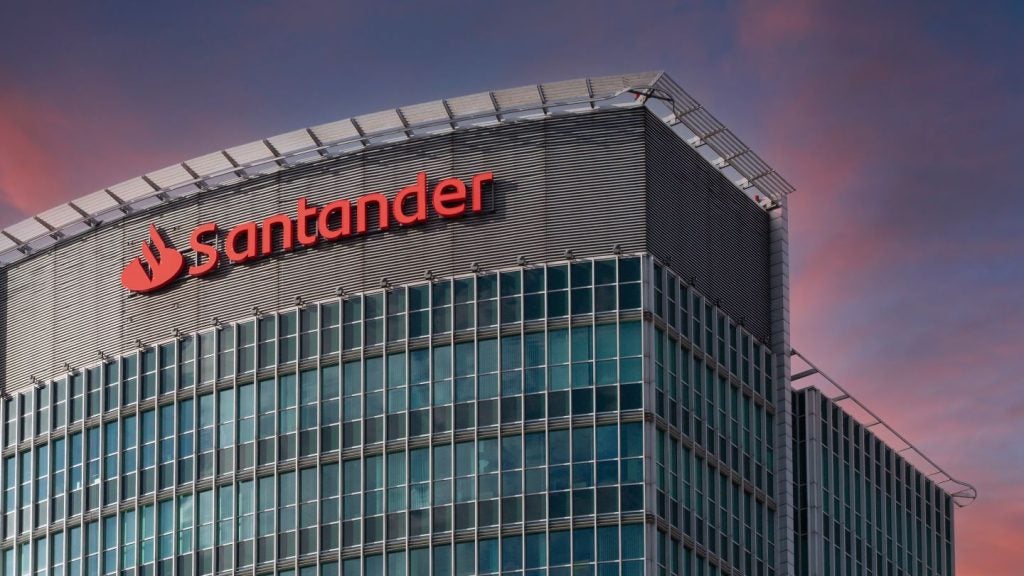The Role of Identity in Launching the US Digital Dollar
Discussions around central bank digital currencies (CBDCs) gather speed as experts try to get hold of what role or impact the new fintech trend will have on the global market.
On 7 February, the Bank of England announced a consultation on launching a “digital pound” in the foreseeable future. The consultation will end on 7 June 2023 and is currently overseen by the joing Bank-HM Treasury CBDC department.
According to Atlantic Council, 11 countries have launched a CBDC, while 114 (or approximately 95% of the global GDP) are considering doing so.
A new Juniper Research study shows that the global value of payments via central bank digital currencies (CBDC) will reach $213bn by 2030.
In the US, the Federal Reserve and the Biden administration have shown interest in developing a US digital dollar.
“I think the digital dollar could result in faster, safer, and cheaper payments, which I think are important goals”, Treasury Secretary Janet Yellen said during a New York Times Dealbook Conference.

US Tariffs are shifting - will you react or anticipate?
Don’t let policy changes catch you off guard. Stay proactive with real-time data and expert analysis.
By GlobalDataThe Federal Reserve is yet to give further details on how the digital dollar will look like in the future. However, Jack Fletcher, government relations manager of CBDCs at R3, a fintech provider of digital solutions, says the US digital dollar could become a reality as people turn to online payments and away from cash. However, questions about ID verification and how financially inclusive the US CBDC will be remain.
Q: What makes the US digital dollar special when compared to other digital currencies? What would be its strengths as well as weaknesses?
What we have learnt so far is that the US Federal Reserve is examining whether to issue the US digital dollar, which would be a central bank liability. However, the Fed has yet to give details on what the digital dollar would be like.
Therefore, it’s somewhat challenging to say precisely what strengths and weaknesses the currency will have just because we don’t really know what it will look like.
Equally, that applies to other central bank digital currencies (CBDCs) since many of them are in development too. At this stage, it is comparing a theoretical orange to a theoretical apple, but many different motivators are at play with CBDCs generally.
In the US, the digital dollar – as opposed to a stablecoin or tokenised deposit – could play a significant role at retail and wholesale levels.
At the retail level, CBDCs will become a digital replacement or supplement to physical currency.
At the wholesale level, where big banks and licenced entities are involved, there are several benefits as to why countries should adopt a CBDC against a stablecoin.
Some have to do with the role of the dollar in the ecosystem. The US dollar is the world’s reserve currency, with a significant impact on foreign exchanges. And usually the dollar acts as an intermediary between a less common currency type and another.
So, if there is no digital dollar in the world, what becomes of the US’s role in this system? Is it replaced by something else? Does the need for a kind of intermediary currency still apply?
These are all relevant questions to ask.
One of the things we are seeing in the US right now is the development of distributed ledger technology (DLT). We want to make sure that if the US says yes to issuing a digital currency, that we are doing it in the most risk-free way.
Nevertheless, some of the things we’re thinking about is not just how we do it safely but also how we proactively provide some innovation into the system and find ways for the US to be involved in future economic activities.
Q: Who are the critical stakeholders that should approve the use of a US CBDC?
It is quite a rich tapestry. The eurozone is considering a digital euro that involves many different entities in the decision-making process. Because the US system is federal, we have significant overlap between institutions as well.
Starting from the basics, the question of whether the US Federal Reserve has the legal rights to issue a digital dollar is a question that has not really been addressed yet. The assumption is that the Fed will need a degree of legislative support in launching a US digital dollar. That means you need the support of whoever is in the White House, the Senate, and the House of Representatives.
Different Fed elements will also take part in developing a US digital dollar. For instance, the New York Fed has an important role in some of the decision-making processes, as well as several other institutions.
Therefore, launching a US digital dollar will certainly not be something that will happen by accident since it will require a concerted effort from all the institutions involved.
Q: Will there be a need for different regulations put in place when administering digital wallets?
If we think about digital wallets, we should be edging towards retail use.
In our view, it is challenging to design a CBDC that is both safe and can be accessed without the need for ID verification.
There are multiple good reasons why, when you go to a bank, they don’t just open a bank account for you without any proof of ID. Bank authorities must comply with stringent know-your-customer compliance work and anti-money laundering legislation.
For this reason, experts often share maximalist thoughts about the crypto world. Because with crypto transactions, it is difficult to explain where the money comes from and who has previously held it. In this context, licenced players have no appetite for engaging in the unknown.
Instead, they want to know if they have received money from someone they know and trust and if the banks have fulfilled their fiduciaries, so everyone else is safe.
Consequently, the big question is: how do we weave ID verification into all of this? That is why your question does not fall into a technology question; it falls into a policy one.
If, let’s say, banks or regulators think that CBDC is a tool for financial inclusion, then ID verification standards might need to be lowered for others to access the US digital dollar.
Hence, identity is a big part of the discussion, and it bleeds into other questions about how you might achieve the most innovative steps in ID verification or whether the concept of self-sovereign identity works. Are there clever ways for US digital dollar users to prove who they are without revealing much data about themselves?
Q: There is clearly a division here between cashless and cash-based societies. How inclusive would a US digital dollar be?
This is a good question, and it points to a slightly wider angle: why are we doing all of this? What is the point of all this activity?
Well, people are using cash less and less – that’s a consumer choice. We could indeed queue in front ATMs to take money out and make all our purchases in cash. But we are not doing that.
The reason why, you could argue, is because we have these digital payment solutions – or card payment solutions – that are more convenient for all of us.
There are a couple of unique factors which make cash attractive, one of which is guaranteeing anonymous payments. If I give you a ten-dollar bill, you don’t need to know who I am – it is an irrelevant part of that transaction.
However, banking requires mutual knowledge of each other’s identity. So if we think about CBDCs as replicating some of the features of cash versus just saying it is like banking but much faster, identity is part of that.
And while anonymity can be a thing, we then hit against actual regulation. It is simply not okay for someone to buy stuff anonymously using digital money because they could then be financing activities we don’t want them to. That applies to whether it is transporting and selling drugs, buying guns, or funding terrorism.
Q: There are eleven countries right now that have a CBDC. What use do you think the US CBDC will have in cross-border transactions if other countries (apart from Nigeria and 10 other Caribbean countries) do not have a framework for a CBDC?
A common framework for digital currencies is already in the works, with these efforts made by the Financial Stability Board and the G20 at the international level.
In the grand scheme of things, no one can stop another sovereign nation from developing its own CBDC. Neither is it possible to deny a nation the right to renew its Real-Time Gross Settlement (RTGS) systems so that the rest of the world can catch up.
That is why the need for standards is obviously essential.
One area on which we are working, for instance, is system interoperability. That is more than interoperability between next generation systems like R3’s CORDA and existing infrastructure; it includes interoperability between different types of currency platforms.
It means that even if nations develop systems that do not talk to each other by default, they can still exchange digital currencies between them, making spending at a cross-border level as easy as spending money domestically.
I live in New York, but I am also British and have a UK bank account. You would think sending money between my US and UK accounts is easy. But it sometimes takes two or three days whereby my money disappears, and I do not know if it has been sent from my US bank and when it is meant to arrive in my UK bank account.
As a consumer, the idea that in 2023 our money disappears for a few days, and sending it fairly expensive doesn’t add to consumer expectations.
We will get to CBDCs in the end because we expect sending money should be like sending an email. And I think the banking world – to its credit – has woken up to the challenge.







